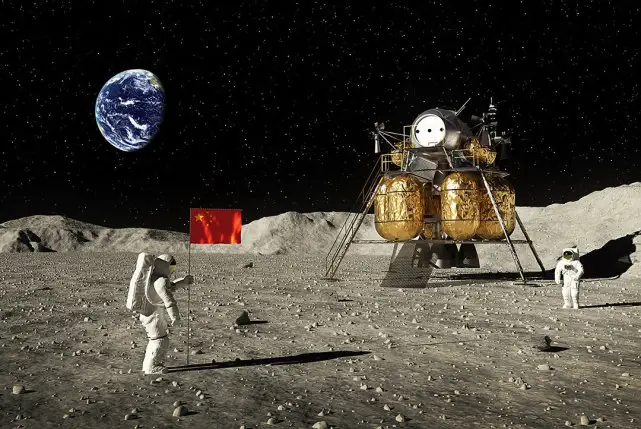A new generation of manned launch vehicles will have the ability to send Chinese people to the moon around 2030;
After the successful development of the heavy-duty launch vehicle, the launch capacity of my country’s earth-moon transfer orbit will be increased to 50 tons to support lunar development activities;
The currently planned series of research and development of the reused space transportation system will greatly improve China’s ability to enter space, reduce the cost of entering space, and help the future development of space transportation.
At the same time, the Long March rocket will be smarter and safer in the future.
Ma Ying, chief designer of the new generation of manned launch vehicles in the First Academy of Aerospace Science and Technology Group, recently introduced to reporters that the Academy is researching smart rocket technology to enable rockets to have fault diagnosis and autonomous flight capabilities. The leap to autonomous flight.
Ma Ying said that in the past, before the launch mission in my country, the rocket system would formulate thousands of failure plans for possible problems. If a failure occurred during the rocket flight, it would be dealt with according to the corresponding plan or the method closest to the situation. The new generation of fault diagnosis and disposal system developed by our country can not only find faults, but also analyze and locate the rocket, find out where the fault is, and then automatically take targeted measures.
“In essence, this is not called a plan, but the rocket’s adaptability.” Ma Ying said.
If the failure is serious, such as insufficient engine thrust to reach the intended orbit, it may have meant mission failure in the past. But Wisdom Rocket will not give up easily. Even if it knows that it can’t fly to the target orbit, it will evaluate its remaining capabilities, downgrade the mission, try its best to send the satellite to the position within its power, and then let the satellite change orbit through its own engine to reach the destination.
Ma Ying revealed that a new generation of fault diagnosis and disposal systems will soon be applied to my country’s new generation of launch vehicles.




GIPHY App Key not set. Please check settings